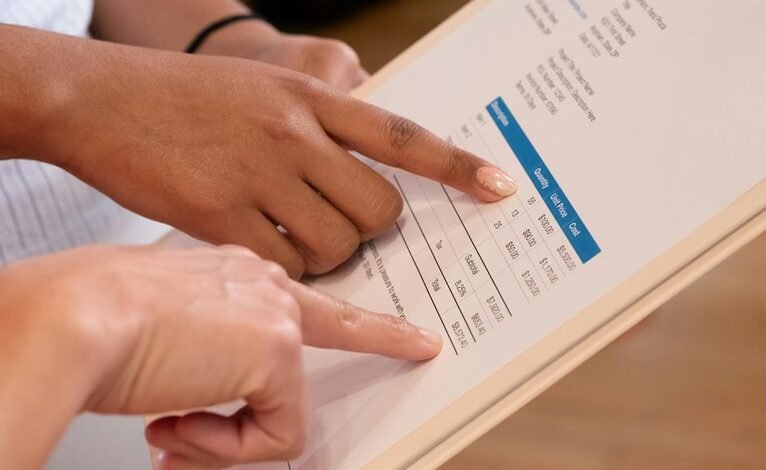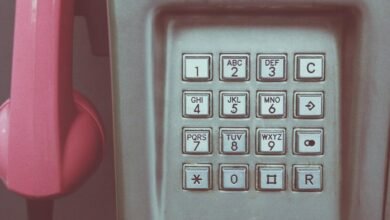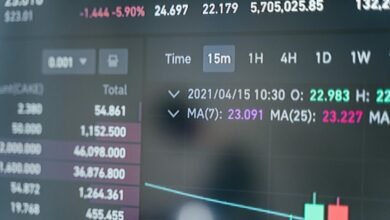Check Mystery Caller Details: 3533969163, 3381882491, 3202914357, 3270710638, 3474549944, 3534539268

The analysis of the phone numbers 3533969163, 3381882491, 3202914357, 3270710638, 3474549944, and 3534539268 reveals the necessity for a systematic investigation. Understanding the origins and patterns associated with these calls is crucial. Various sources may contribute to their classification, including telemarketing and potential fraud. Identifying these callers can significantly enhance personal security. However, the implications of ignoring such inquiries could be profound. What insights might these numbers hold?
Overview of the Phone Numbers
An analysis of phone numbers associated with mystery callers reveals several critical patterns that warrant examination.
The data indicates distinct caller types, with variations in number patterns suggesting different origins or purposes. Specific sequences may signal telemarketing, scams, or legitimate inquiries.
Understanding these patterns can empower individuals to discern the nature of incoming calls, fostering a sense of control over communication dynamics.
Identifying the Caller: Potential Sources
While discerning the identity of a mystery caller can be challenging, several potential sources can be systematically analyzed to aid in identification.
Utilizing caller identification techniques, individuals can leverage reverse phone lookup services to gather pertinent information.
These methods provide insights into the caller’s origin, enabling informed decisions about whether to engage further or disregard the communication entirely.
Risks Associated With Unknown Calls
Despite the convenience of modern communication, unknown calls pose significant risks that can affect individuals and organizations alike.
These calls often serve as vehicles for scams, highlighting the necessity for scam awareness. Furthermore, the lack of caller identification can lead to financial loss and privacy breaches.
Implementing call blocking measures is essential to mitigate these risks and safeguard against potential threats.
Protecting Yourself From Unwanted Solicitations
To effectively guard against unwanted solicitations, individuals must adopt a proactive approach that includes recognizing the tactics used by telemarketers and scammers.
Implementing call blocking features on smartphones can significantly reduce unsolicited calls. Additionally, adjusting privacy settings on devices and online accounts enhances personal security, ensuring that contact information remains confidential.
These measures empower individuals, granting them greater control over their communication environment.
Conclusion
In conclusion, the investigation into the six mystery callers reveals a landscape fraught with potential risks and uncertainties akin to navigating a digital Wild West. By employing reverse phone lookup services, individuals can discern the origins of these numbers, aiding in the decision to engage or block them. As telecommunication technologies evolve, the need for vigilance against unsolicited calls remains paramount, ensuring personal security in an increasingly interconnected world.





